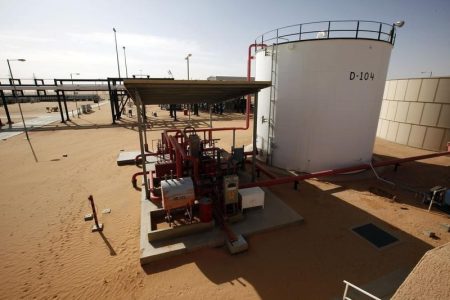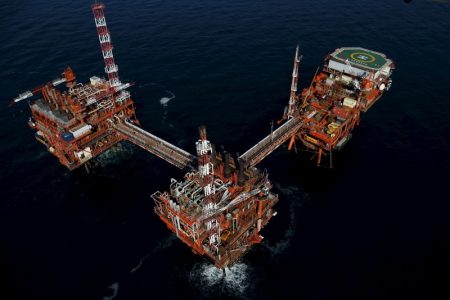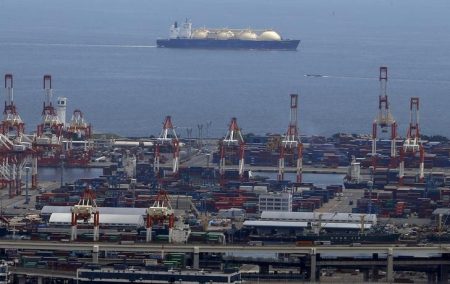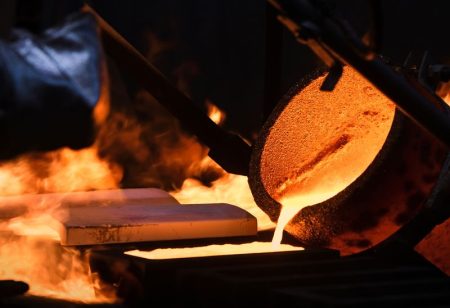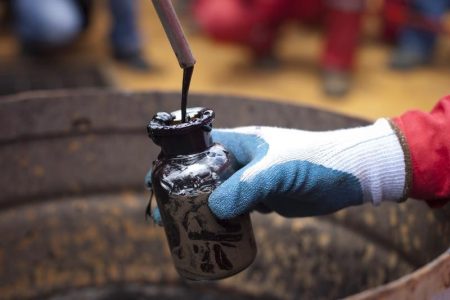By Valerie Volcovici
WASHINGTON (Reuters) – A plan launched by New Mexico’s Democratic governor at COP28 to use $100 million in state funds to buy treated brackish or wastewater from oil and gas operations failed to get support from the state’s legislature on Thursday.
The southwestern state’s legislature closed its 2024 session on Thursday without approving legislation to enable the state to set up a strategic water supply comprised of treated water but the state’s environmental agency will move forward with a request for information on the issue with a March 31 deadline.
New Mexico is the second-biggest oil and gas producing state, behind Texas, and it brings enormous amounts of water to the surface. Most of it is put back underground untreated, as it produces oil and gas.
At the COP28 climate summit in Dubai, Governor Michelle Lujan Grisham announced a plan to spend up to $500 million to buy treated drilling wastewater, along with brackish water from underground sources, to build a strategic water supply.
She had hoped to launch the program this spring, and the aim was to take pressure off the arid state’s dwindling water supplies and relieve its reinjection wells, which researchers say are at risk of filling and triggering earthquakes.
The governor had told Reuters the brackish underground water could potentially be treated for public consumption, while the produced water from drillers would be made fit for use in clean energy manufacturing.
Environmental groups had raised concerns about the governor’s plan – and subsequent legislation to enact the plan – saying it could pose risks to aquifers and would mainly benefit oil and gas producers.
“The state should step back from the brink of spending $100 million dollars of the people’s money on a concept that presents serious, unaddressed risks to our state’s aquifers,” said Erik Schlenker-Goodrich, executive director of the Western Environmental Law Center.
Read the full article here









